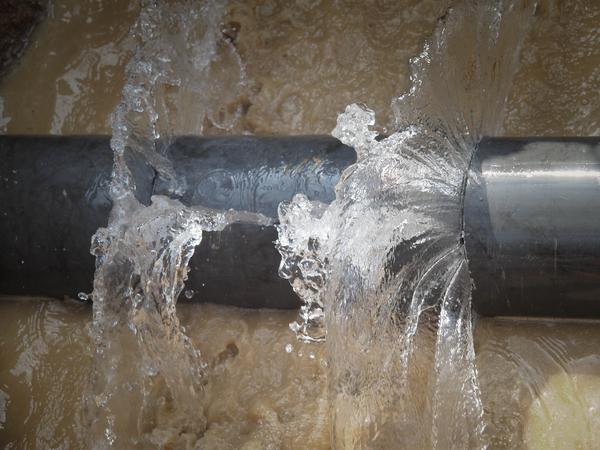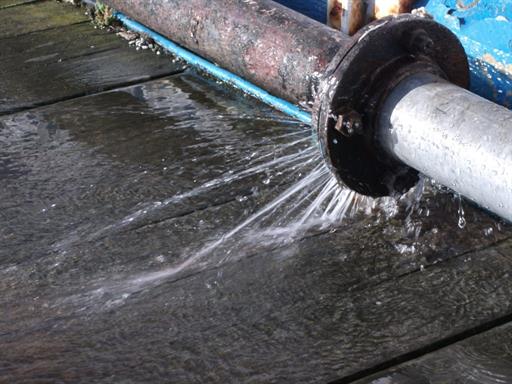This post following next relating to How to install a dishwasher safely is pretty much motivating. Don't bypass it.

A ruptured pipe is a significant emergency; you can just stand as you enjoy water you pay dearly to rejoin with the earth. In even worse instances, you see a swimming pool on your kitchen flooring, which is a fantastic trip risk, especially if you have youngsters around. If the pipeline that ruptured was in your walls, trouble: you might need to paint that entire section.
How can a calamity like a ruptured pipeline be stopped and managed? Well, by listening to your professional emergency plumbers and also adhering to these regulations.
Just how do I understand when my pipes have burst?
Varying water pressures
Pipelines do not just burst in a day. You may have observed that your kitchen area faucet or shower does not run quickly when you turn the tap. It may stop briefly for a couple of secs and then blast you with more force than normal.
In other circumstances, the water may appear regular at first, then drop in stress after a few seconds.
Damp wall surfaces and water stains
Prior to a pipeline bursts, it will certainly leak, a lot of times. If this relentless dripping goes unnoticed, the leak may graduate right into a vast gash in your pipe. One easy way to prevent this emergency is to watch out for wet walls ad water spots. These water spots will lead you right to the leak.
Puddles under pipes and also sinks
When a pipe bursts, the outflow forms a puddle. It might show up that the pool is expanding in size, as well as regardless of the amount of times you mop the puddle, in a couple of minutes, there's one more one waiting to be cleaned. Typically, you may not have the ability to trace the pool to any noticeable pipelines. This is an indication to call a specialist plumber.
Untraceable dripping noises
Pipe ruptureds can happen in one of the most undesirable places, like within concrete, inside walls, or under sinks. When your home goes quiet, you might have the ability to hear an irritatingly relentless dripping noise. Also after you have actually checked your shower head and cooking area tap, the leaking might continue.
Precious viewers, the dripping may be coming from a pipeline inside your wall surfaces. There isn't much you can do about that, except inform a professional plumber.
Shut down the Water
When water ices up, it increases in volume by about 9 percent. As well as it broadens with tremendous pressure: The stress inside pipes might go from 40 extra pounds per square inch to 40,000 psi! No pipeline can hold that much pressure, so it bursts. The break might occur where the ice types, however more frequently, it happens where water pressure finds a weak spot in the pipeline. That might be inches and even feet from the frozen location. Locate the water shutoff valve and also shut off the water to prevent more damages. You might additionally require to shut off the electrical power also, depending on where the leaks takes place and how huge it is.
Infected water
Many people presume a burst pipe is a one-way outlet. Rather the contrary. As water drains of the hole or gash in your plumbing system, pollutants discover their way in.
Your water may be contaminated from the resource, so if you can, examine if your water container has any problems. However, if your drinking water is supplied and also detoxified by the city government, you ought to call your plumber promptly if you see or smell anything funny in your water.
What do I do when I detect a ruptured pipe?
Your water meter will remain to run even while your water wastes. To decrease your losses, find the major controls and transform the supply off. The water mains are an above-ground structure beside your building.
How to Fix & Detect a Leaking Pipe
How Do I Know if a Pipe is Leaking?
Leak detection tests can help you determine if your pipe has a leak. Even if you don’t see an apparent leak, you should still conduct leak detection tests regularly to save water and money—and prevent major damage to your home.
Water meter. It can be helpful to figure out what your usual water meter usage numbers are and then monitor them regularly. To monitor your meter, first, turn off all water faucets in your home. Check the meter and write down the numbers. In a few hours, check the meter again. If the numbers have changed, you have a leak. Water gauge. Use a water gauge to test your water pressure. Your showerhead should produce a certain amount of water pressure based on its model and design. If the pressure is lower than it is supposed to be for that specific showerhead, your home likely has a leak. Puddles. Look inside your bathroom, laundry, and kitchen sink cabinets. Puddles around the cabinets or around toilets, tubs, showers, and washing machines indicate the presence of a leaking pipe. You may also notice loose tiles, peeling or flaking paint, or mold caused by water accumulation. Napkin test. Even if you don’t see any puddles, you may still have a leak. You can test for water leaks in the bathroom, laundry, and kitchen by wiping below-sink connections with a napkin, paper towel, or piece of toilet paper. If it becomes damp, you probably have a leaking pipe under the sink. Discolored walls. Walls that are discolored—usually with brown or yellow stains—or bulging might mean that they have been impacted by water damage caused by a leaking pipe. Smell. A leaky pipe will create sitting water, and over time, that water may develop a musty smell. If your home smells musty, but you can’t locate the source, it may be due to a leak. Steps for Fixing a Leaking Pipe
A leaky drain can be remedied by tightening the pipe base, replacing the drain seal, caulking the rim, and tightening the pipe nut. Similarly, a leaking toilet pipe can be treated by tightening the packing nut. You may also need to replace the valve. A leaky faucet may just need tightening or replacement of the washers. If that doesn’t work, consider replacing your faucet. If your pipe has a hole in it, you may want to use a pipe leak sealer or pipe leak tape. This quick fix for water pipe leaks can also temporarily fix a copper pipe leak. https://www.ahs.com/home-matters/quick-tips/how-to-tell-if-pipes-are-leaking/

As an avid person who reads about How to Install and Connect a New Dishwasher, I was thinking sharing that excerpt was a good thing. Sharing is nice. You never know, you may very well be helping someone out. I value reading our article about How to Prepare for Your Dishwasher Installation.
Water trouble? Dial.